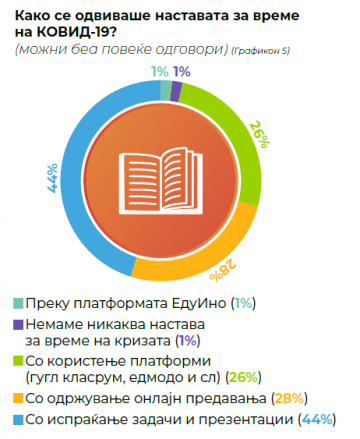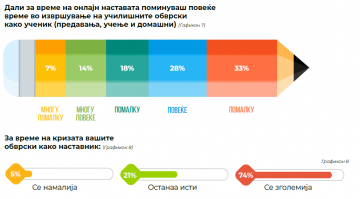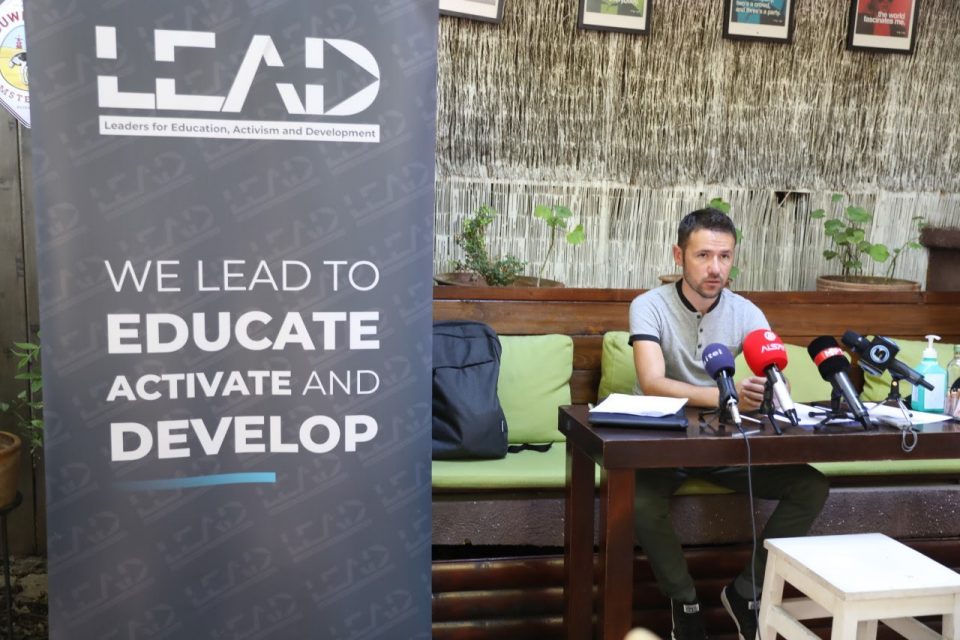The educational system in the country wasn’t prepared for distant learning and failed to provide quality conditions for it, concludes the national research on e-learning in high schools during the COVID-19 crisis.
The research was conducted by the NGO Leaders for Education, Activism and Development (LEAD) in cooperation with the Konrad Adenauer Foundation’s Skopje office. Carried out from May 25 to June 15, it covered 407 teachers and 627 high school students from all regions of the country.
LEAD welcomes the decision of the Ministry of Education and Science to create a national distant learning platform, which should be established in two years’ time according to the action plan from the draft concept. However, it recommends that e-learning and e-classes should be unified by then if it starts implementing as of September 1.

LEAD’s executive director Ivan Jovanov told a press briefing Thursday that it cannot be predicted which method will be chosen in the new school year – classroom learning, e-learning or a combination of the two.
“Whatever choice is made, it must guarantee quality and an unified model where all teachers will be engaged, all students will learn and where grades will be objective,” he stressed.
All teachers, Jovanov said, must be trained to use digital tools even if there isn’t distant learning. Also, curricula must be adapted to e-learning to allow to be part of the educational system.
“Whatever the method, it has to offer quality. If it is distant learning – all conditions must be provided, the same as with combined classes. If classes are held online, one platform for all should be used to have a unified approach. Also, the teachers should be trained to use digital tools and to be provided with conditions to hold classes online, including laptops if they work from home and opening of schools where there is strong internet connection and computers for better online learning,” Jovanov said referring the the recommendations sent to the Education Ministry.
He also recommended that the schools secure ZOOM space, which is inexpensive, but very helpful for distant learning.
The research, conducted in high schools by the end of the 2019/2020 school year, identifies five reasons why the system wasn’t prepared for distant learning.
Namely, digital tools were rarely used before the pandemic. The most common e-learning method in the last three months of the school year was sending lectures and homework via e-mail.
According to Jovanov, only one per cent of high schools used the Eduino platform, created by the Education Ministry, because of low level of digitization (teachers didn’t have laptops), and poor coordination to conduct e-learning.

He also said that the schools failed to make an assessment of how distant learning was implemented.





Comments are closed for this post.